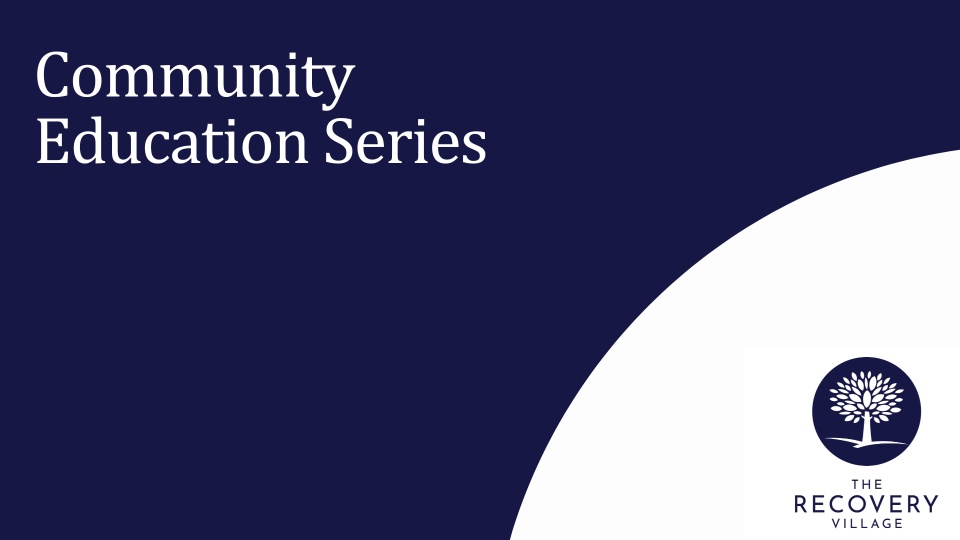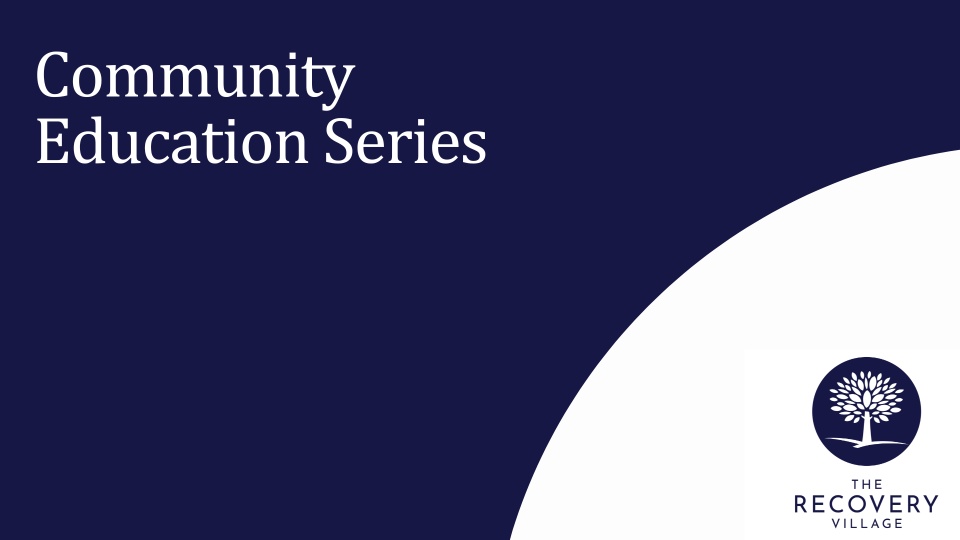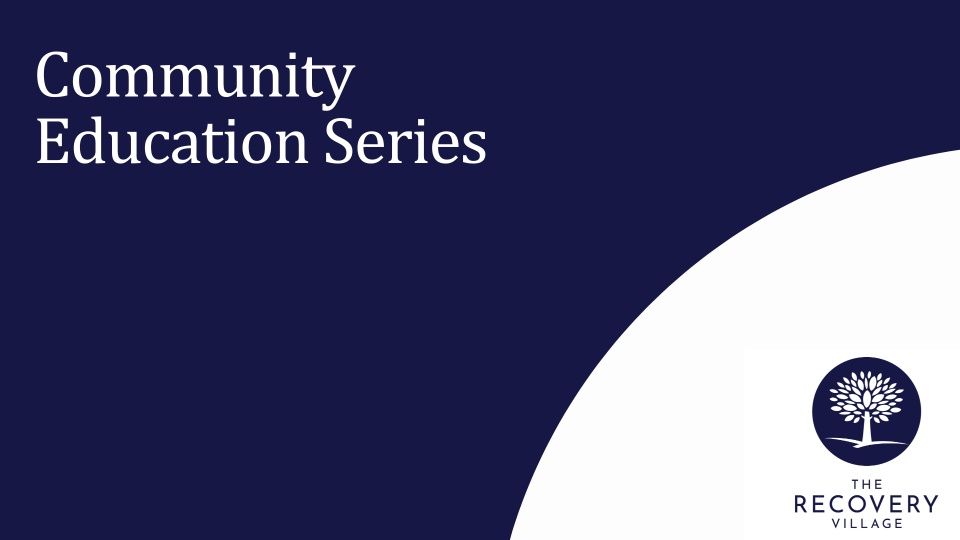Estimated watch time: 49 mins
Available credits: none
Objectives and Summary:
Jasmyne Kettwick has been working in psychiatric treatment with children, adults and families for more than 11 years. In her presentation on family therapy strategies, she shares some helpful approaches to treating the family unit as a whole, including how to determine which roles family members take on and how to help them communicate effectively.
After watching her presentation, the viewer will be able to:
- Understand the roles that family members typically take on during active addiction and recovery.
- Learn strategies for fostering effective communication, overcoming roadblocks within families, and helping individuals feel heard.
- Find ways to frame talking points in less judgmental ways using Enneagrams and similar approaches.









